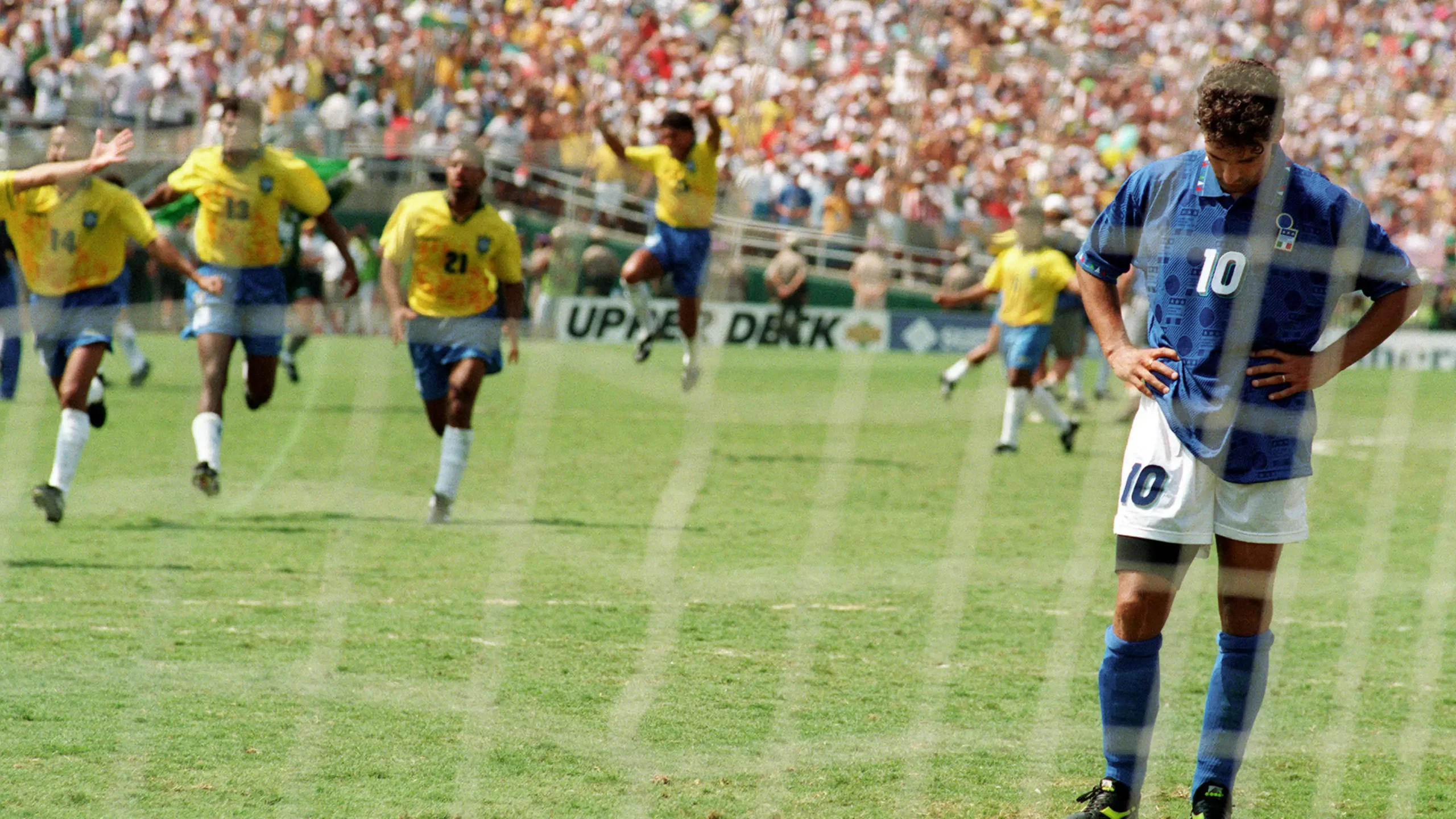5 profiles of the US soccer fan

The 1994 FIFA World Cup was a significant moment for the United States. It was the first time that the United States had hosted the World Cup, and it helped to establish the country as a potential soccer market after one of the greatest World Cups in history. The tournament was also a commercial success, with record-breaking attendance and television ratings. The US national team also had a memorable run, reaching the round of 16 before being eliminated by eventual champions Brazil. The legacy of the 1994 World Cup helped to lay the foundation for the growth of soccer and set the stage for upcoming events.
Three decades later, Leo Messi’s arrival to Miami and the Major League Soccer, and the next 2026 FIFA World Cup are again exciting events for soccer fans in the United States. As one of the host countries, the United States will have the opportunity to showcase its growing soccer culture to the world in 2026.

Sports Innovation Lab and the agency Jung von Matt SPORTS have published a report on the potential of soccer in the USA. We found it so interesting that we want to share some conclusions related to the nature of the fanbase. The full report can be found on their website – here you have the link: https://www.fanarchy26.com/
With the increasing popularity of soccer and the unique pathways to fandom identified in the report, it will be interesting to see how the American fanbase engages with the World Cup. The five foundational fan personas from the report can provide valuable insights for businesses and organizations seeking to engage with US soccer fans during this exciting event. As the soccer fan base continues to evolve, the 2026 World Cup presents a unique opportunity for the country to further establish itself as a soccer nation and for businesses to connect with a growing and diverse fan market.
Diving into the report, they highlight the changing landscape of soccer fandom in the United States that offers a unique perspective on sports culture in the country, differentiating it significantly from global norms. Unlike countries where soccer has been historically ingrained in the national culture, American fans become fans through an experience or event, that often serves as the key to unlocking an individual’s soccer fandom.
Recognizing this distinct pathway to fandom is crucial for sports businesses aiming to engage with this growing audience. US soccer fans are relatively new to the sport and possess a complexity that sets them apart. They explain how important is for businesses to address United States fans authentically, acknowledging their unique characteristics and the varying ways they connect with the sport.
In their exploration of US soccer fandom, they’ve identified five foundational fan personas, each representing different paths to becoming a soccer fan: The National Team Fan, The Player, The Pop Culture Fan, The Parent, and The Gamer. Understanding these personas not only presents a clearer picture of the diverse fan base but also provides actionable insights for those seeking to engage them.

The National Team Fan represents those who rally behind national pride, following international competitions fervently. The Player persona encompasses those who have played or are currently playing the sport, leading to a deeper appreciation and understanding. The Pop Culture Fan connects with soccer through mainstream media and celebrity influence. The Parent, often engaged in youth soccer as a coach or supporter, becomes invested through the involvement of their children. Lastly, The Gamer bridges the digital and physical worlds of soccer, mostly through video games like FIFA.
Their personal development process focused on fan origination, acknowledging the budding nature of soccer fandom in the U.S. This approach allowed them to tap into the initial motivations that draw Americans to soccer, exploring how and why they become fans.
As the U.S. soccer fan base continues to grow and evolve, understanding these distinct personas becomes increasingly important. Beyond simply being “soccer fans,” these individuals represent varied pathways to fandom, each requiring tailored approaches for engagement. In turn, this provides an unprecedented opportunity for leagues, teams, and brands to connect meaningfully with a unique and evolving sports fan market.
Knowing your audiences is very important to successfully target your messages and mobilize your target. The report they have presented has other valuable insights that are also worth commenting on. Perhaps in another post 😉
Stay tuned!

- Contacto DPO: privacy@telecoming.com
- Finalidad del tratamiento: suscripción al blog.
- Legitimación del contrato: consentimiento.
- Destinatario de cesiones o transferencias: no se efectúan transferencias de datos fuera de la UE.
- Derechos de las personas interesadas: acceso, rectificación, supresión, oposición, limitación del tratamiento, portabilidad de los datos e interposición de reclamación ante la AEPD.
VISIT US
Paseo de la Castellana 95
16th floor – 28046
MADRID | SPAIN
